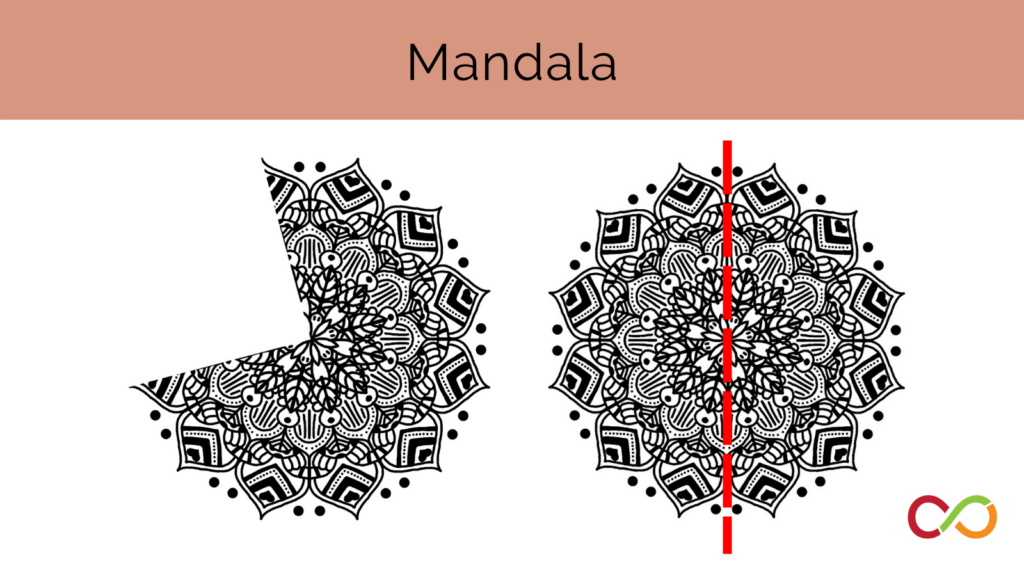Islamic Architecture
Junior (Age 9 – 12)
Curriculum Goal
Junior: Patterning and Algebra
- Create and translate repeating, growing, and shrinking patterns using various representations, including tables of values, graphs, and, for linear growing patterns, algebraic expressions and equations.
Context
- Whole-class discussion followed by individual exploratory activity of math and cultural art.
Materials
- Historical background information on Islamic architecture (Appendix A)
- Triangle grid paper (Appendix B)
- Stencil shapes (Appendix C)
- Pencils, markers, pencil crayons
Lesson
- Provide students with a historical background on Islamic architecture and have them bring in examples.
- Review related mathematical concepts – patterns, tessellations, rotations/turns, translation, and symmetry.
- Explain that students will be creating their own interpretations of Islamic art and architecture – the infinite pattern – using grid paper.
- Students can trace the stencil shapes or simply use them to generate ideas.
- As students are working, show pictures of Islamic art and play music from Turkey, Persia, Saudi Arabia, Tunisia, or other countries where the designs can be found.
- Spotify: Arab genre, Arab Classics playlist
- YouTube: Arabic Traditional Music
- Encourage students to make personal connections to both the art they see and their own work by asking questions:
- Have you seen these patterns in our neighbourhood?
- Do you recognize the shapes that make up various pieces of art? Do you notice any connections between the shapes? How do they fit together?
- How can some of the shapes create others?
- Discuss their art pieces and what inspired them.
Extension
- Practice more with radial symmetry using lessons on Print Making and Mandala design.
Share this lesson
Share on facebook
Share on twitter
Share on email


